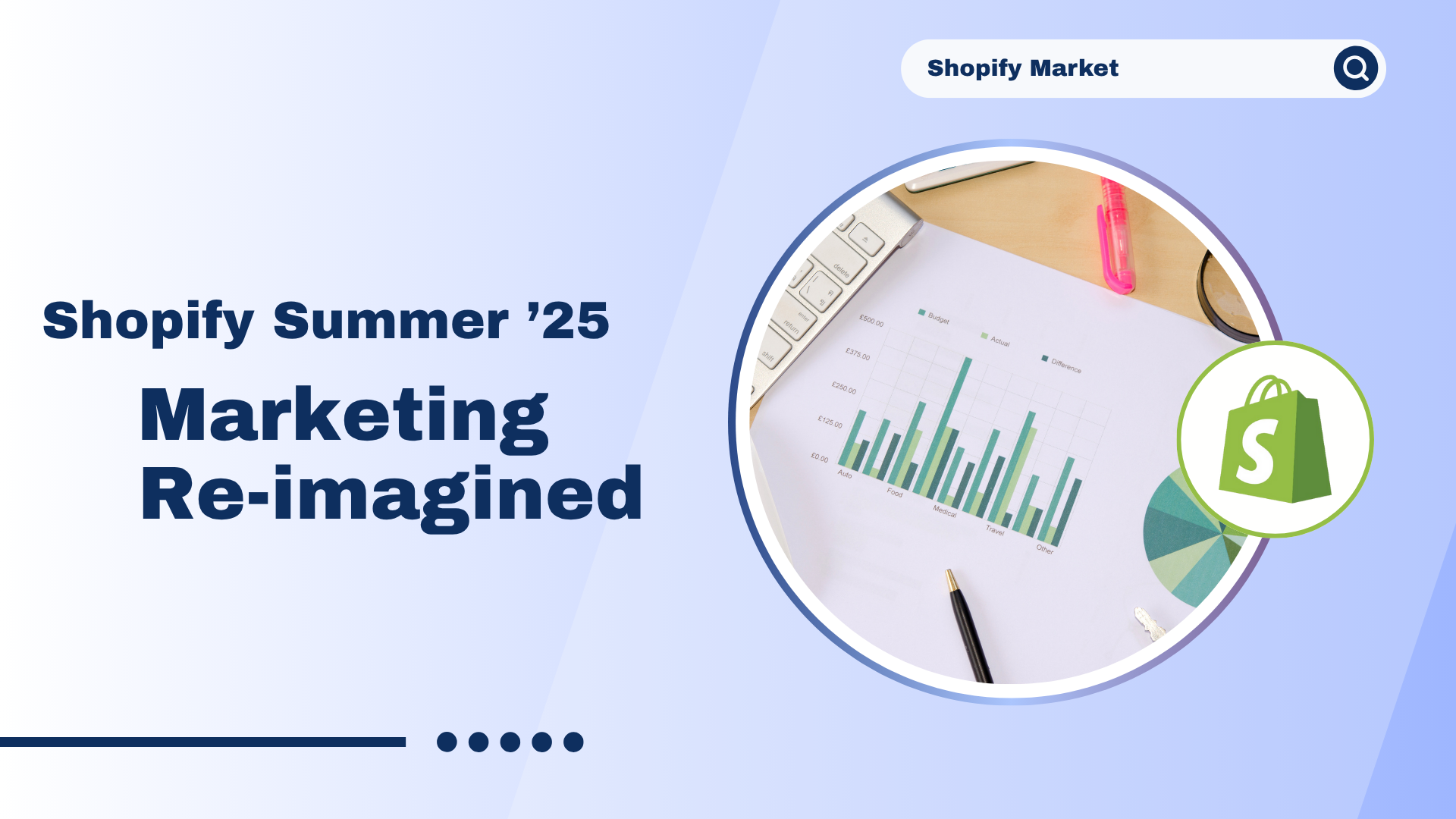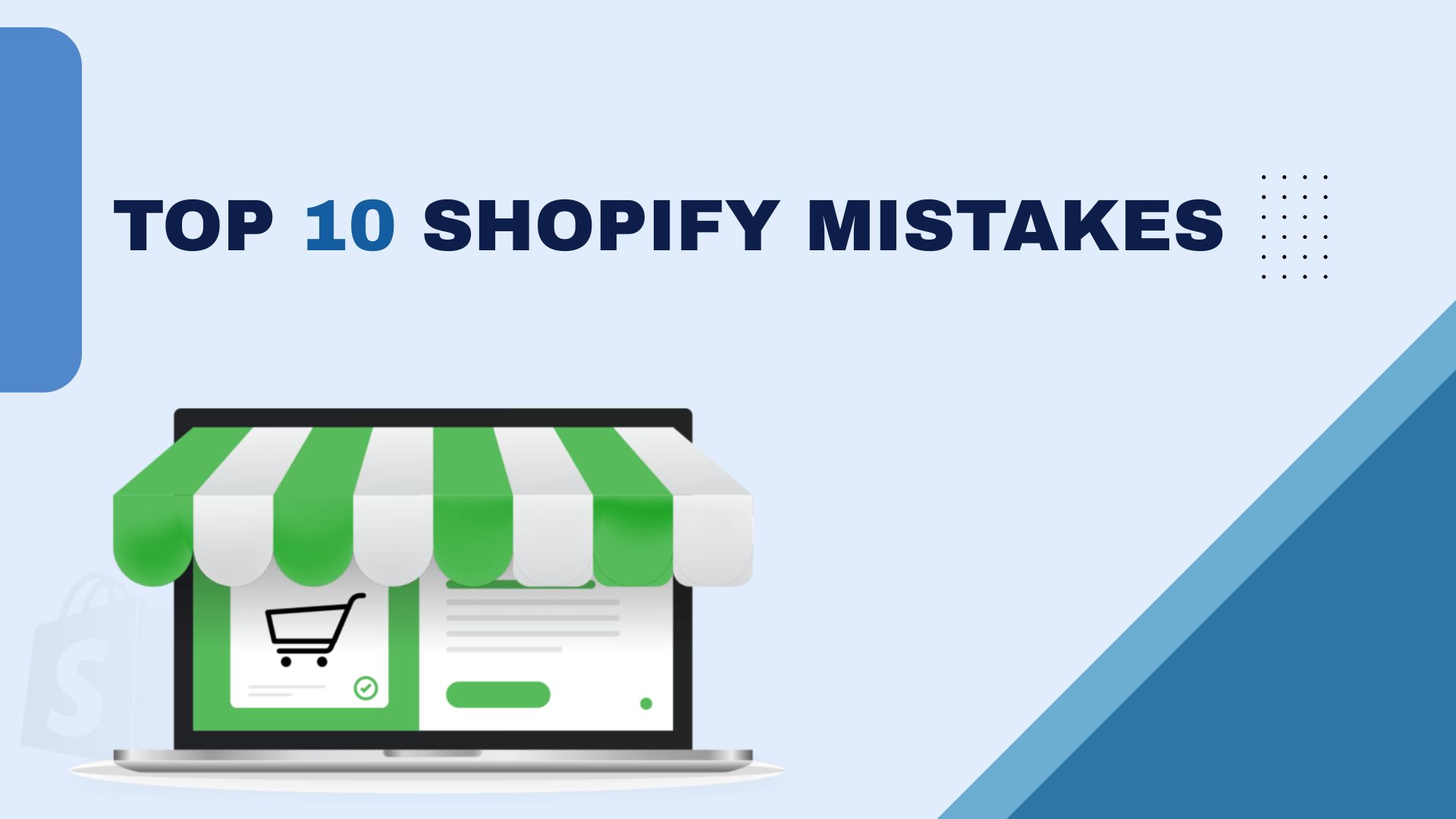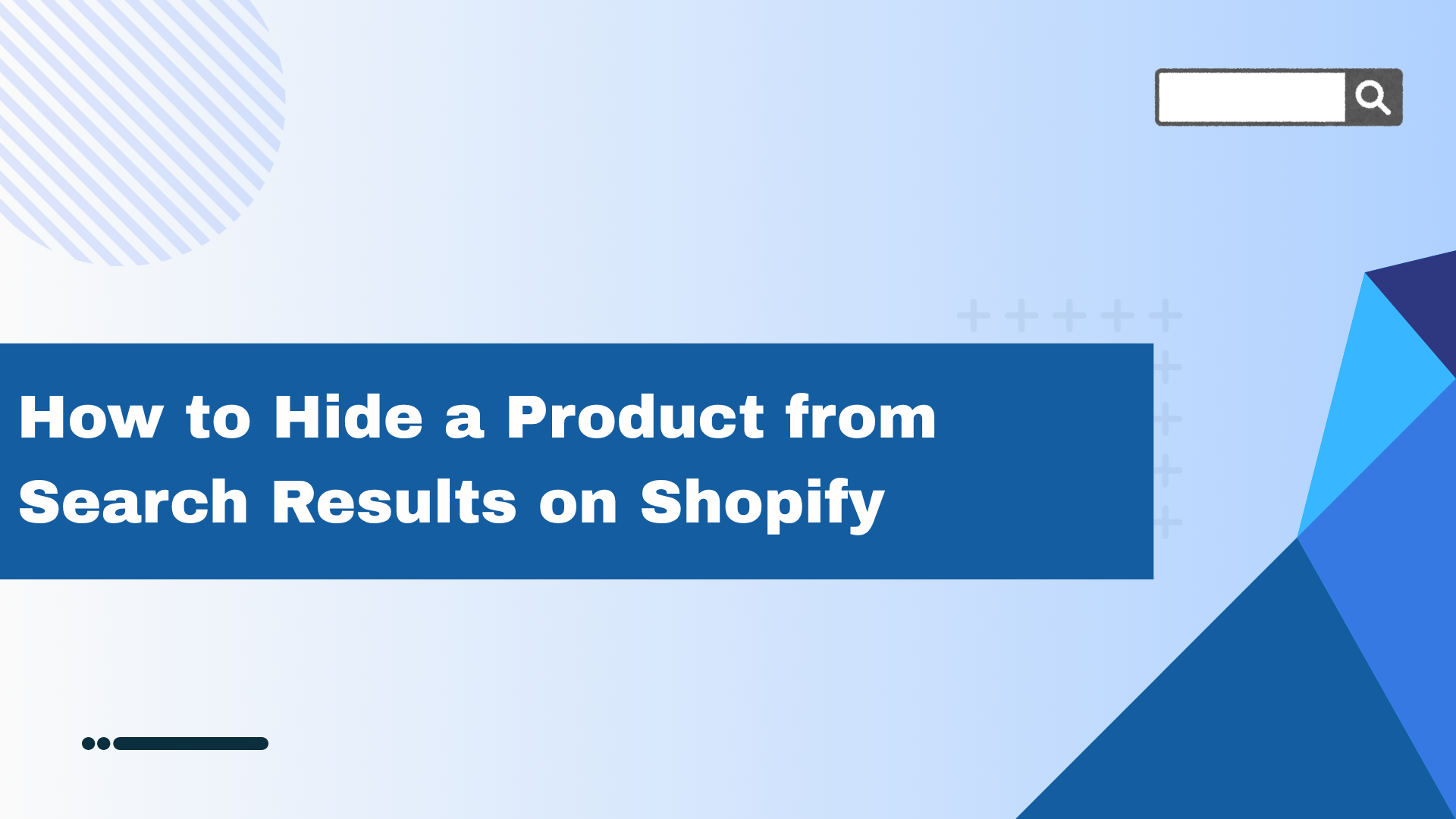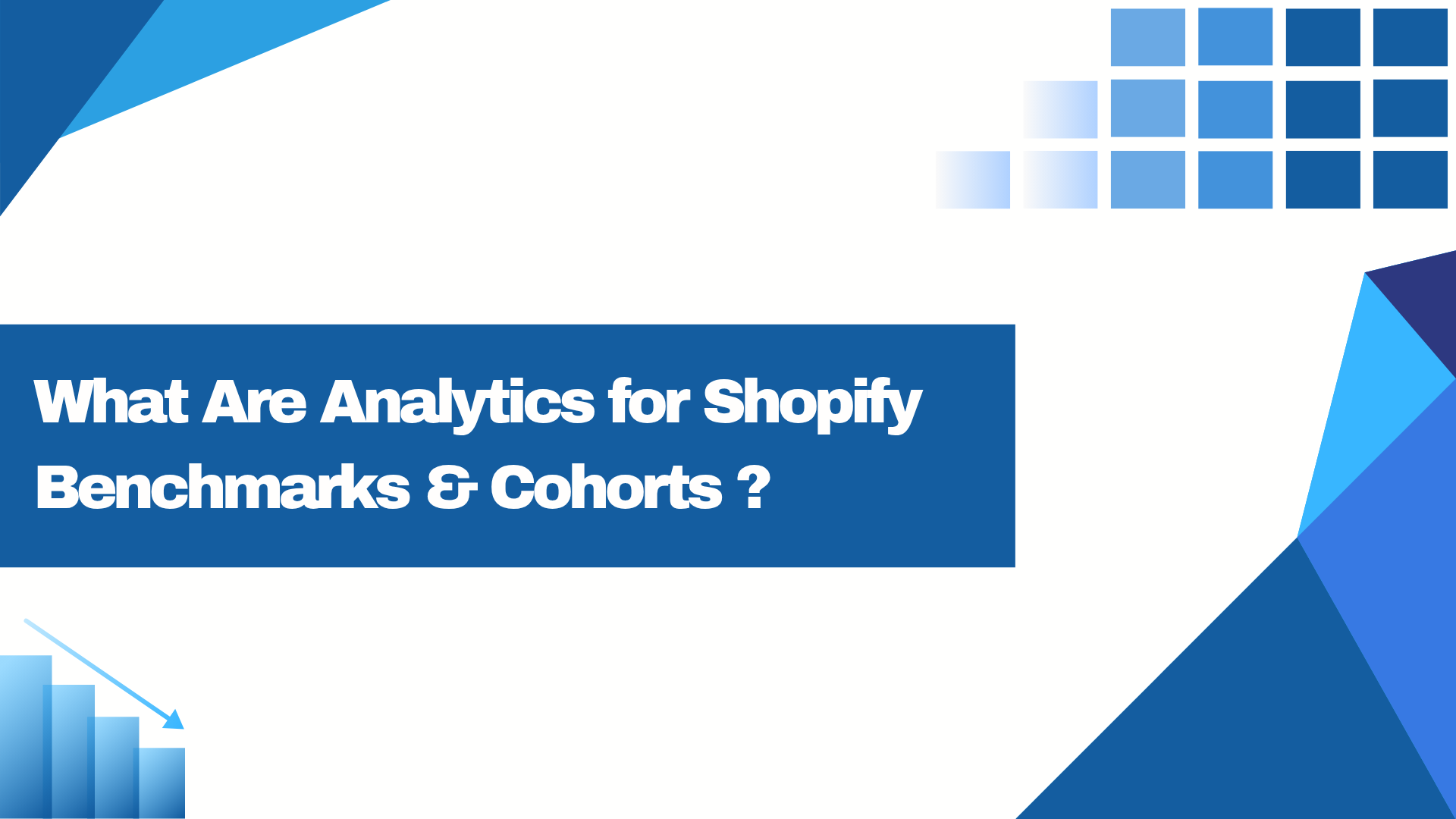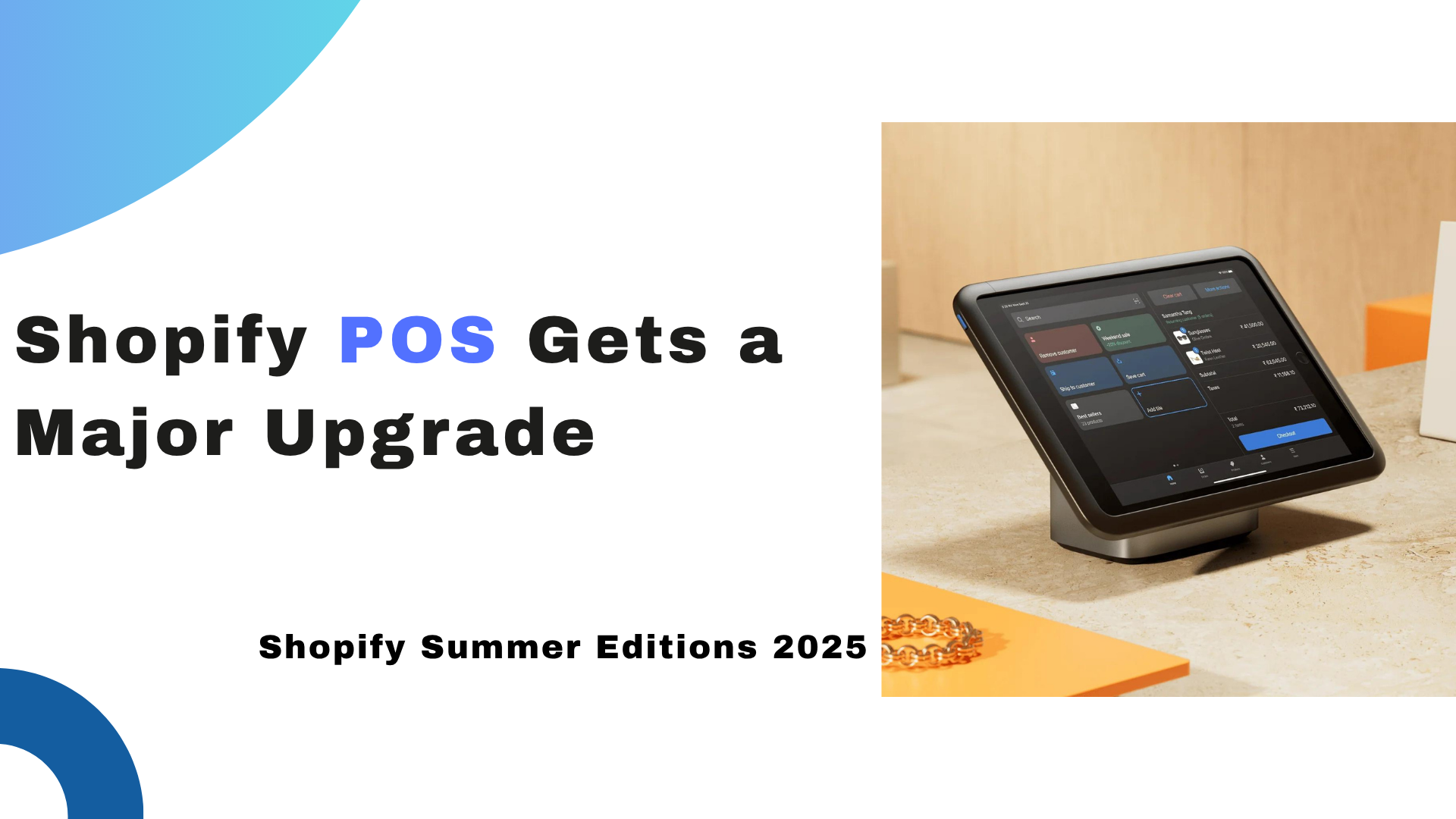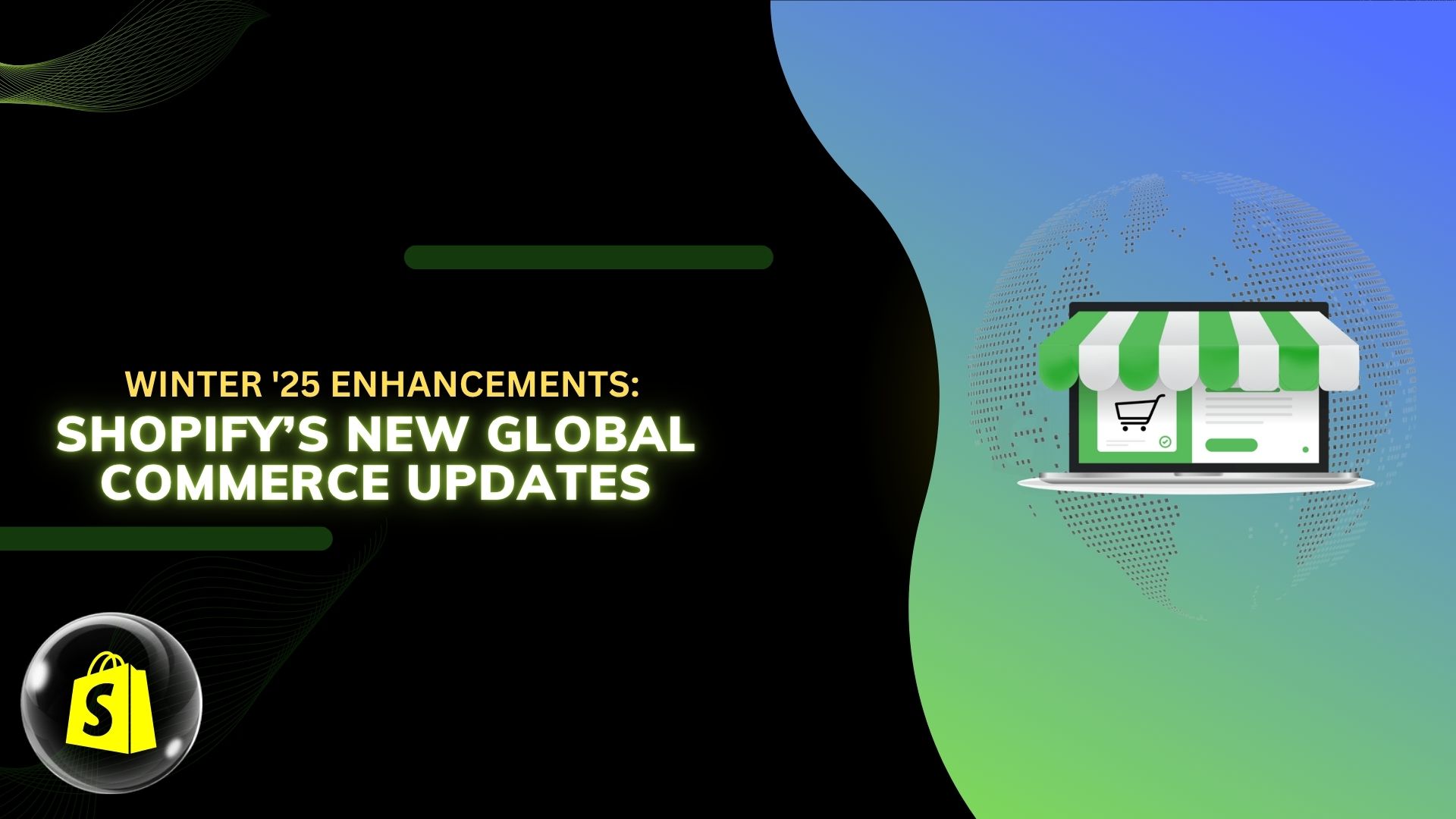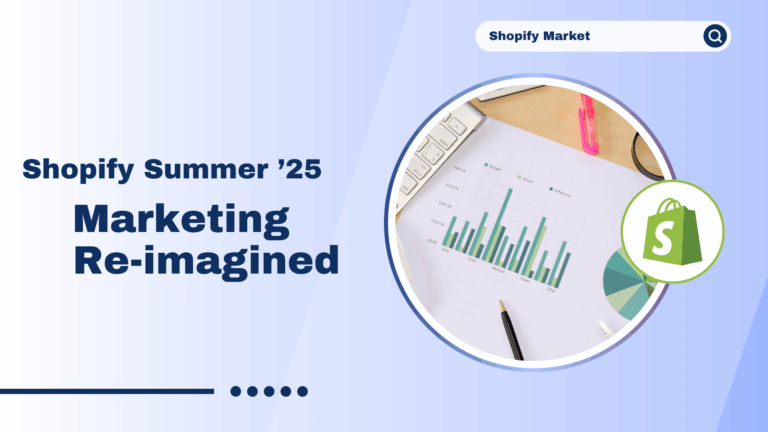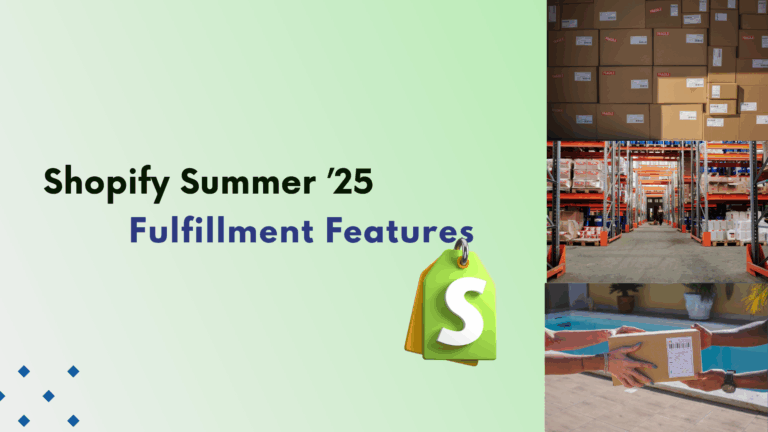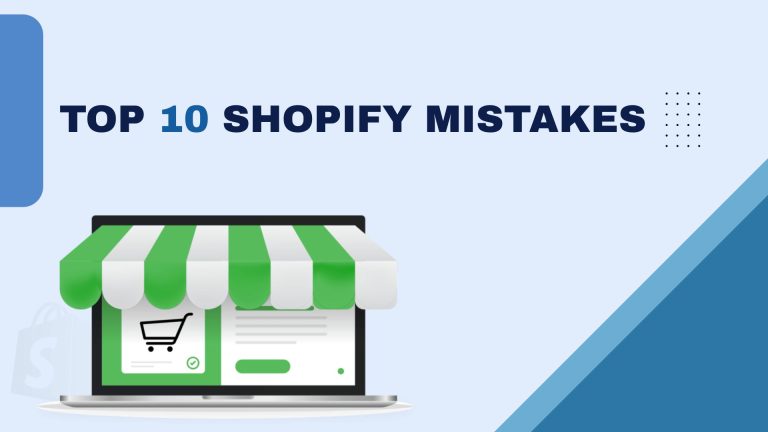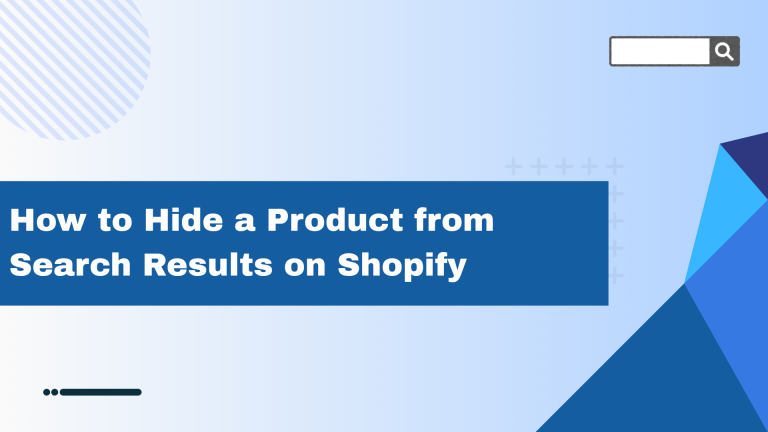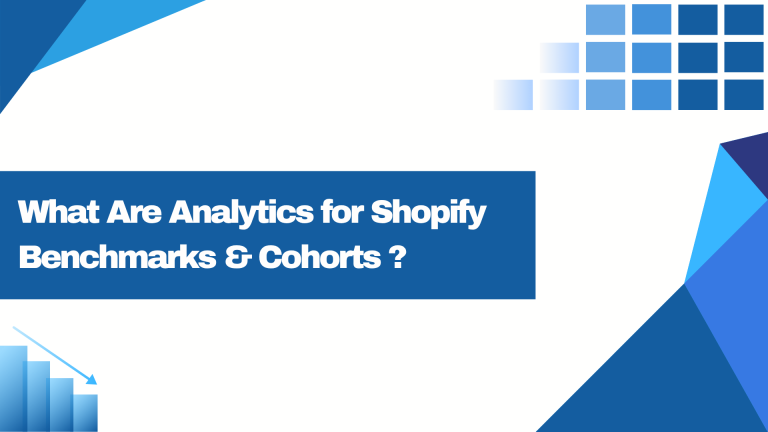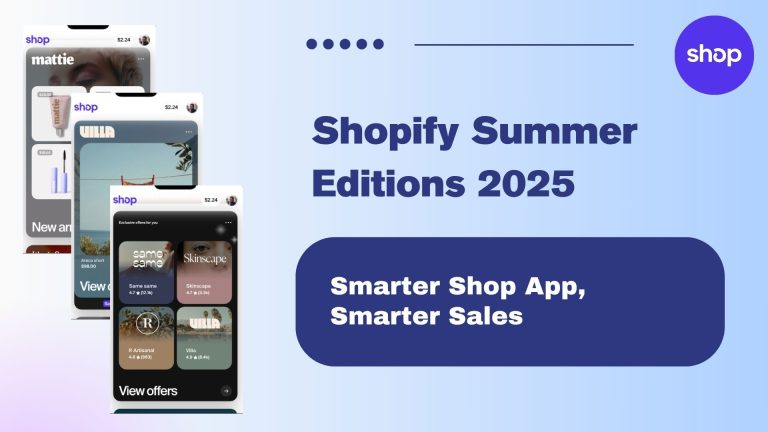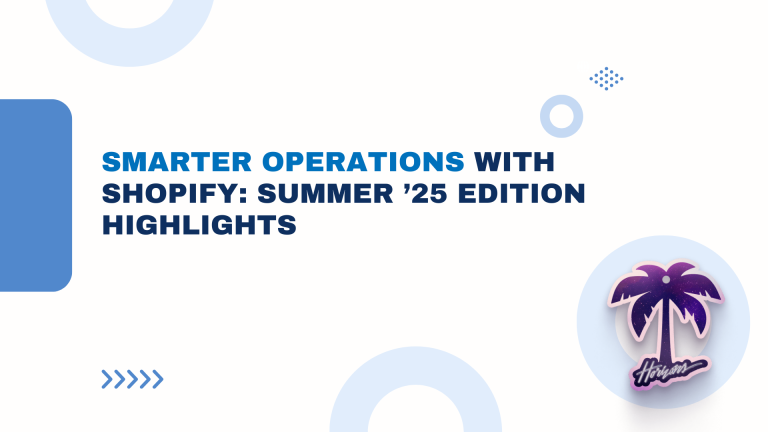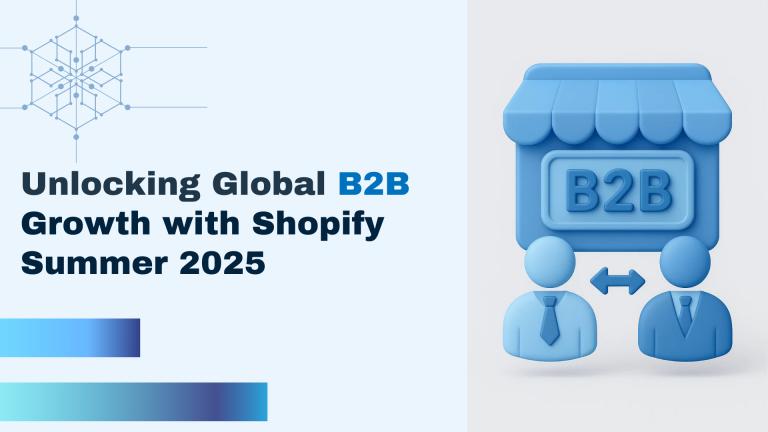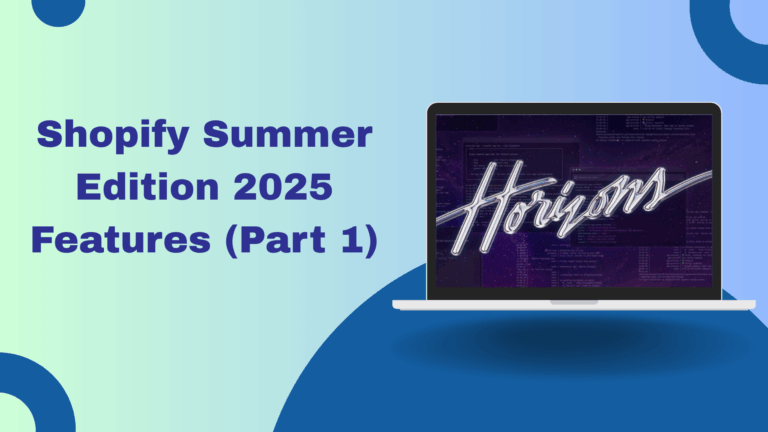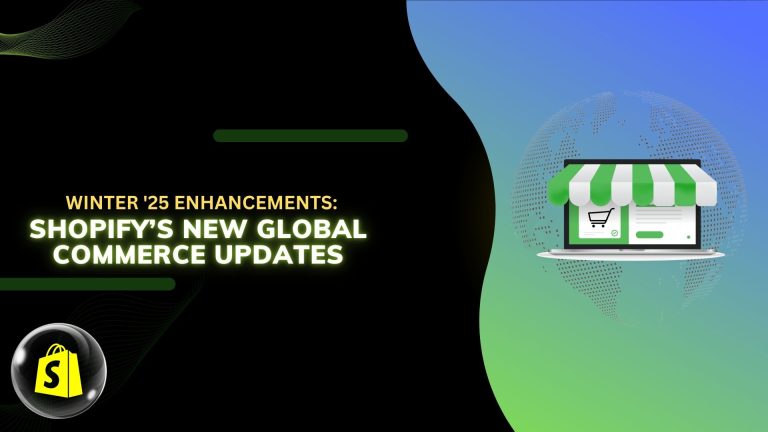Optimizing your Shopify store goes beyond the basics of setting up products and categories. To truly succeed and stand out in the competitive e-commerce landscape, consider implementing these advanced tips:
1. Performance Optimization
Speed Matters: Improve loading times by optimizing images, and leveraging browser caching. Consider using tools such as Google PageSpeed Insights to identify and resolve speed issues.
Code Efficiency: Minify CSS and JavaScript files, reduce HTTP requests and use Shopify apps judiciously to avoid excessive script loading. Ensure your theme’s code is streamlined and optimized for performance.
App Management: Limit the number of apps you use, as each app can add extra scripts that slow down your site. Remove unnecessary apps and consolidate functionalities where possible.
2. Mobile Responsiveness
Mobile-First Design: Ensure your store is fully responsive across all mobile devices. Ensure you test your website on multiple devices and make friendly usability changes to each.
Touch-Friendly Navigation: Optimize navigation for touch, using huge buttons and menus that are extremely easy to use.
3. SEO Strategies
Keyword Optimization: Research and incorporate relevant keywords in product descriptions, meta title, and URL. Tools can be used like Google Keyword Planner.
Structured Data: Implement schema markup. This would allow search engines to make better sense about your contents, and therefore hopefully increasing click throughs from SERPs.
Alt Text (Images): Images with alt text will enable visitors to read the images more easily and ideally, improve the images’ ability to express meaning.
4. Conversion Rate Optimization (CRO)
A/B Testing: With VWO or OptiMonk, test different layouts of calls-to-action or product pages for maximum conversion rates.
User Experience (UX): Streamline the navigation, reduce the friction on the checkout, and use persuasive copywriting that nudges visitors toward purchase action.
5. Content Marketing
Blog: It would be a blog related to interesting content related to your products or industry. There would be a need to focus on customer pain points, product benefits, and the insights of the industry.
Video Content: Product demonstration videos or customer testimonials would increase engagements and show potential buyers you can be trusted.
6. Customer Retention
Email Marketing: Implement automated email campaigns for abandoned carts, order follow-ups, and customer loyalty programs.
Personalization: Use tools like Personizely to create personalized product recommendations and targeted offers based on customer behavior.
7. Analytics and Monitoring
Shopify Analytics: This forms one of the free standard Shopify plan features, and will continuously be monitored to track all KPIs such as traffic, conversion rates, and average order value.
Google Analytics: Google Analytics is of great benefit in gaining deep insights regarding user behavior, source of traffic, and their paths of conversion.
Then, these advanced Shopify optimization tips need to be implemented strategically and refined over time. Once the customer experience, search engine optimization, and data-driven insights get into focus, then the potential for store performance while empowering growth can be huge.


